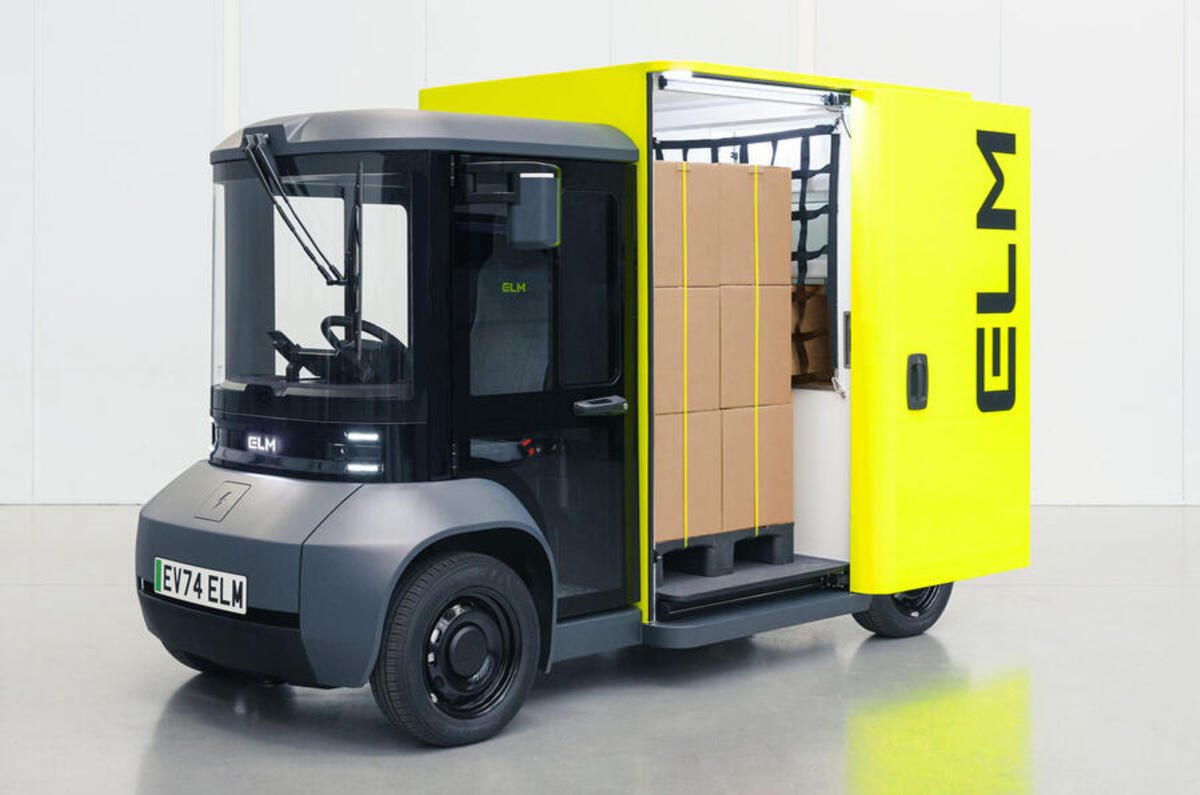The lure of the profitable van market has burned once high-flying start-ups like Arrival, but the chance to disrupt the old guard by means of electrification is still pulling in new players, who are eyeing up the 'last-mile' market in particular.
The latest to jump in is storied engineering company Prodrive, which has formed Elm Mobility with UK design company Astheimer to put the Elm Evolv small electric van into production from 2028.




Add your comment